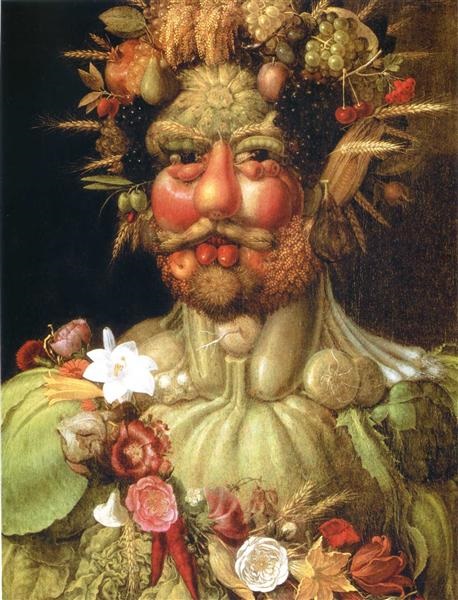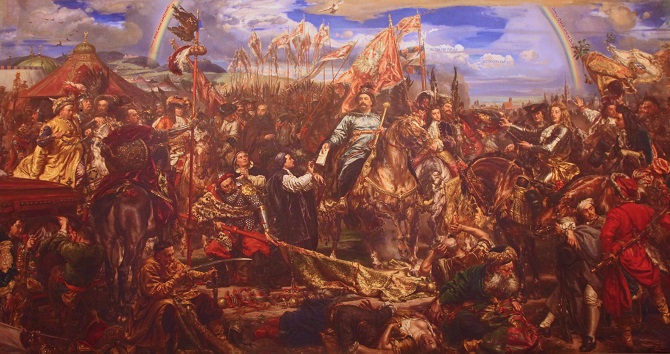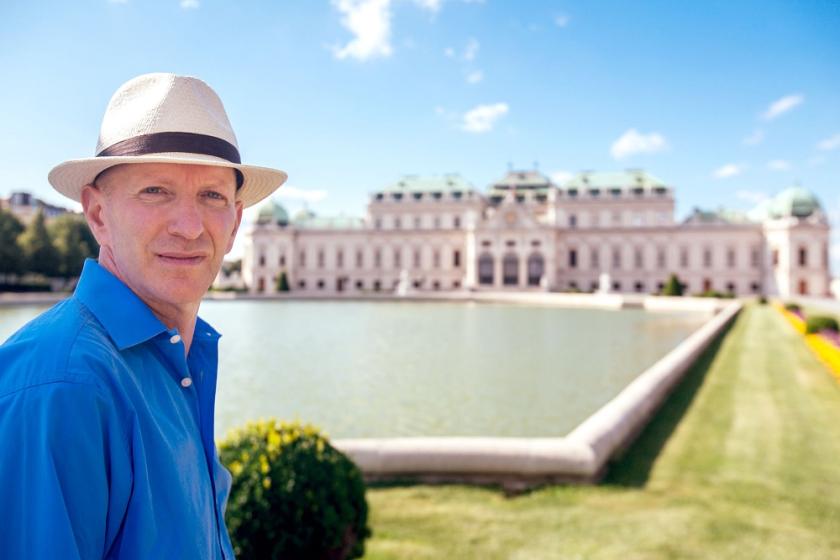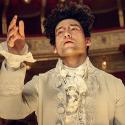Ebullient, prolific, loquacious and a charmingly enthusiastic historian both in print and for television, Simon Sebag Montefiore has turned his attention to the pivotal city of Vienna, nourished equally by the Danube and its central geographical position in Europe.
Images, both interior and exterior, were punctuated by our intrepid explorer-historian, characteristically garbed in bright blue shirt, giving scale to street and landscape, and easily picked out by his trademark jaunty straw hat as he walked through imperial Vienna. It was history experienced on foot, matching intellectual and physical stamina, and sometimes exhausting just to watch.
An unusual number were obese, able perhaps to sit on a sturdy horse but not much else
The introduction with its views of the Danube – Europe’s most majestic river – was studded with names, from Suleiman the Magnificent to Napoleon, the great external military threats, through to cultural luminaries including Mozart, Beethoven, Strauss and Mahler. It was, we were told, an empire of the mind, and some of its monstrous ideas would kill millions: Hitler will follow in the third and final episode. For now, Vienna was the centre of gravity for what was in effect a history not only of the city but of the Habsburgs themselves, at least the Austrian branch (which of course intermarried with the Spanish side).
In medieval times it seemed one Rudolf von Habsburg nominated himself as the first archduke in a document that was eventually revealed as a master forgery; his great competitors were the rulers of Bohemia, and Prague Vienna’s rival. His cryptic AEIOU, seen everywhere from St Stephen’s Cathedral to other sites in the nascent empire, stood loosely for “The Whole World is dominated by Austria”, seemingly then an idle boast, but with the Habsburgs duly doubling as the Holy Roman Emperors, that domination would last for half a millennium.
 Facts and dates were narrated in bewildering profusion – plea to the BBC: some subtitles for unfamiliar spellings and names to help insular Anglophones, and a family tree would also have been welcome. We were caught in a maze of Rudolfs, Ferdinands, Fredericks, Leopolds, Maximilians and Charles, to name but a few – an unusual number were obese, able perhaps to sit on a sturdy horse but not much else. They could sometimes be innovators, however: Maximilian exploited the wonders of the printing press to disseminate images praising the Habsburgs and the wonders of their court.
Facts and dates were narrated in bewildering profusion – plea to the BBC: some subtitles for unfamiliar spellings and names to help insular Anglophones, and a family tree would also have been welcome. We were caught in a maze of Rudolfs, Ferdinands, Fredericks, Leopolds, Maximilians and Charles, to name but a few – an unusual number were obese, able perhaps to sit on a sturdy horse but not much else. They could sometimes be innovators, however: Maximilian exploited the wonders of the printing press to disseminate images praising the Habsburgs and the wonders of their court.
Anti-Semitism was endemic. The early pogrom of 1421 was a terrifying episode of savagery: the Jewish community, bankers to the Habsburgs – template for an uneasy relationship – were lynched and murdered, with a particularly dreadful episode when survivors, sheltering in the synagogue, committed mass suicide by burning their temple down. A joyful contemporaneous plaque commemorating that wonderful event by celebrating Christian merchants is still in situ on Judenplatz, which is also home to Rachel Whiteread’s emotive Holocaust Memorial.
Rudolf II was a great art collector, his favourite artist the painter Arcimboldo, whose portrait of the Emperor as Vertumnus, the Roman God of plant life (pictured above), was made up of fruit (our Simon could not resist fruit salad, duly leading into fruit cake). Leopold’s court contained alchemists, magicians, cabbalists, necromancers, mystics; he loved boys and girls, and littered his kingdom with his bastards. His tame tiger roamed the palace occasionally munching on a courtier. Unusually, he was religiously broadminded, officially tolerating the Protestants of Bohemia. All such reform was overturned by his successor, Ferdinand II, and the Thirty Years War loomed – estimates of casualties range between three and 12 million. The Jesuits were recruited as God’s warriors, and the Counter Reformation was in full swing.
 Startling inbreeding was a major factor fostering both physical deformity and mental unbalance, so the dynasty came to include murderous psychopaths. Leopold I ruled for 50 years, in spite of the fact that his jaw was so huge he was known as the “Hogmouth of Habsburg”. His first wife was his niece, the Spanish Infanta Margarita Teresa; they were betrothed when she was three (several Velazquez in Vienna’s art museum show her at various young ages). Married at 15, she called her husband “uncle” – which he was. Her consort quite liked ostentatious celebrations; we were shown contemporary images of his four-hour equestrian ballets.
Startling inbreeding was a major factor fostering both physical deformity and mental unbalance, so the dynasty came to include murderous psychopaths. Leopold I ruled for 50 years, in spite of the fact that his jaw was so huge he was known as the “Hogmouth of Habsburg”. His first wife was his niece, the Spanish Infanta Margarita Teresa; they were betrothed when she was three (several Velazquez in Vienna’s art museum show her at various young ages). Married at 15, she called her husband “uncle” – which he was. Her consort quite liked ostentatious celebrations; we were shown contemporary images of his four-hour equestrian ballets.
This first episode ended with a fitting and resonant climax: the siege of Vienna by the Ottoman Turks in 1683. Leopold had fled, but a central European coalition – Poles, Bavarians and Saxons – led by Jan Sobieski, the King of Poland, saved the day: its cavalry, 18,000 strong, charged out of the Vienna Woods and brutally annihilated the Turks, even beheading their leader’s favourite concubine and ostrich together as a souvenir of victory (the Vizier had pleaded to spare those). It was Sobieski, rather than Leopold, who was known as the saviour of Europe. (Pictured above: Jan Matejko's Jan III Sobieski Sending a Message of Victory at Vienna to the Pope, Vatican Museums)
The mostly distasteful characteristics of the Habsburgs themselves – they were bloodthirsty, treacherous, avaricious, cowardly and often just plain mad – meant their most extraordinary attribute was their survival for their first four centuries as a ruling dynasty. They served themselves well, but not necessarily the lands over which they ruled. A glimpse of the subterranean cluster of the myriad Habsburg tombs, ornate and festooned with skulls, expressed it well. And we didn’t even get to visit that other collection, the urns that contain their hearts.
Confused? The BBC's partners, the Open University offers a helping hand with an invaluable site that lets the viewer link to interactive maps, timelines and the like.















Add comment